Disclosure: This article contains affiliate links. We may earn a commission from purchases at no extra cost to you, which helps our travel content.
The first thing that hit me wasn't the altitude—though at 10,500 feet, Huancayo certainly demands respect. It was the symphony of sounds: the whistle of Andean winds through ancient quenas, the distant bleating of alpacas, and the rhythmic footfalls of my hiking boots against trails that seemed to pulse with the heartbeat of Pachamama herself. After years of exploring mountain ranges across four continents, I found myself drawn to central Peru's Mantaro Valley, where the tourist crowds thin and the mountains speak in dialects few travelers have heard. As a music producer constantly collecting soundscapes, Huancayo offered me the perfect blend: challenging high-altitude trails by day and vibrant huayno folk music by night. This isn't the Peru of Instagram feeds and tour packages. This is the Peru where ancient pathways wind through cloud forests, where Wanka culture thrives in remote villages, and where the mountains demand both physical prowess and cultural reverence. Grab your trekking poles and prepare your lungs—we're about to venture into the magnificent, unexplored trails of Huancayo's Andean highlands.
Preparing for Huancayo's High-Altitude Challenges
Before I even set foot on Huancayo's trails, I spent two full days in the city acclimating—a lesson learned the hard way after a dizzy spell in the Swiss Alps years ago. The thin air at 10,500 feet is no joke, especially when many trails climb another 3,000+ feet above the city.
My Memphis friends often laugh at my obsessive altitude preparation routine, but in the Andes, it's non-negotiable. I started with coca tea (perfectly legal in Peru) at my hostel each morning, paired with deep breathing exercises I learned from a sherpa guide in Nepal. By day two, I was taking short walks around Huancayo's Plaza Constitución, gradually increasing my activity level while monitoring how my body responded.
Gear preparation is equally crucial. My trekking poles became extensions of my arms on these trails, providing stability on loose scree and steep descents that would otherwise wreck your knees. The cork handles proved invaluable when afternoon thunderstorms rolled in, maintaining grip even when wet.
Perhaps most important was my hydration strategy. The combination of altitude, dry air, and exertion creates a deceptive situation where you're dehydrating rapidly without feeling traditionally thirsty. My hydration bladder was constantly filled with water enhanced with electrolyte tablets—I consumed nearly twice what I'd drink on similar-length hikes at lower elevations.
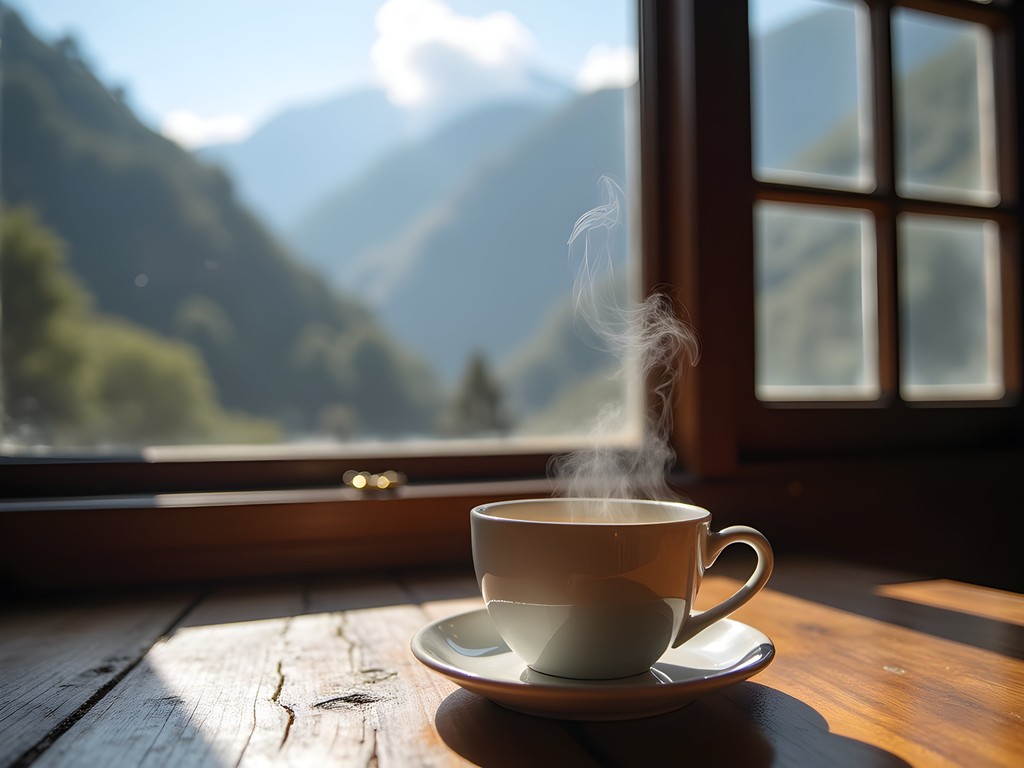
💡 Pro Tips
- Spend at least 48 hours acclimating in Huancayo before attempting any serious trails
- Pack multiple layers—temperature swings of 40°F between morning and midday are common
- Download offline maps and trail routes, as cell service is virtually non-existent on most trails
The Apu Huaytapallana Trek: Connecting with Wanka Sacred Sites
The name Huaytapallana translates roughly to "place where flowers are gathered," though when I set out at 5 AM with my local guide Eduardo, flowers were the furthest thing from my mind. This challenging 12-mile route begins at Cochas Chico village and climbs steadily toward the glacier-crowned peak that the Wanka people consider a powerful mountain deity or 'apu.'
What makes this trail special isn't just the spectacular terrain—though the transition from high-altitude forest to rocky glacial moraines is breathtaking. It's the profound cultural significance embedded in every step. Eduardo pointed out rock formations where for centuries locals have left offerings of coca leaves and chicha (corn beer) to ensure safe passage. The soundscape here is otherworldly: wind whistling through stone formations creates natural flutes that seem to play ancient melodies.
About halfway up, we reached a series of small glacial lakes whose turquoise waters reflected the snow-capped peaks above. I pulled out my field recorder to capture the delicate tinkle of water against stone—a high-pitched counterpoint to the deep bass rumble of distant avalanches. These natural compositions will eventually make their way into my next ambient music project.
The final ascent to 16,000 feet is technical, requiring careful footing on loose scree and occasional use of hands for balance. The air grows noticeably thinner, and each step demands deliberate effort. But the panoramic view from the ridge—spanning multiple Andean ranges and valleys dotted with tiny villages—delivers a profound sense of perspective that's worth every labored breath.
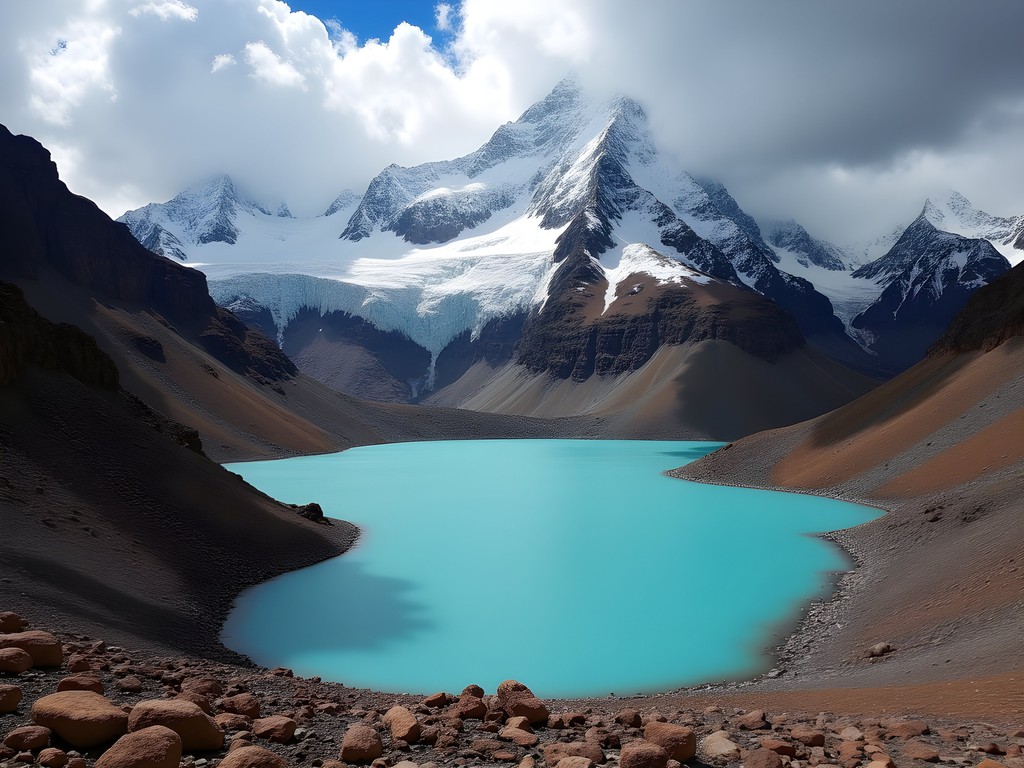
💡 Pro Tips
- Hire a local guide for this route—the trail is poorly marked and has significant cultural context
- Start no later than 5:30 AM to avoid afternoon thunderstorms that typically roll in after 2 PM
- Pack micro-spikes if hiking during shoulder seasons (April-May or September-October) when ice patches are common
Torre Torre: Where Geological Wonders Meet Sound Chambers
Just 3 miles from Huancayo's center lies one of the most acoustically fascinating hiking destinations I've ever encountered. The Torre Torre trail leads to a collection of natural clay formations eroded into spires that local musicians have utilized for centuries as natural amplification chambers.
While this is technically an easier day hike (about 4 miles round trip with 1,200 feet of elevation gain), I'd still classify it as moderate due to the steep, sometimes slippery clay sections. I set out just after sunrise, when the morning light bathes the reddish-orange formations in an almost supernatural glow. The trail begins in scrubby highland vegetation before opening into what feels like an alien landscape.
As a music producer, I was captivated by the acoustic properties of these natural formations. Standing in certain spots between the towers creates astonishing echo effects that indigenous musicians have incorporated into ceremonies for generations. I brought my portable field recorder to capture these unique acoustic signatures—the way sound waves bounce between the towers creates natural delay and reverb effects that no digital plugin could replicate.
The trail continues past the main formation area to a ridge overlooking the entire Mantaro Valley. Here, I encountered a local flute player who demonstrated how different positions among the towers could create various acoustic effects. We ended up improvising together for nearly an hour—his traditional quena flute melodies floating through the natural amplification chambers while I added subtle percussion on stones and hollow logs.
The descent offers spectacular views of Huancayo spreading across the valley floor, with the Andes creating a dramatic backdrop. The entire experience—from geological wonder to acoustic playground—makes Torre Torre one of the most unique hiking experiences in the region.

💡 Pro Tips
- Visit early morning for the best light for photography and to avoid afternoon crowds from the city
- Wear shoes with excellent traction as the clay surface becomes extremely slippery after rain
- Bring a musical instrument if you play—the acoustic properties are too good to miss
Parihuanca Circuit: Remote Villages and Vegan Andean Cuisine
The Parihuanca Circuit isn't on any tourist map—I discovered it through a local hiking collective that meets at Café Montaña near the central market. This challenging 3-day loop traverses remote highlands east of Huancayo, connecting isolated villages that maintain pre-Columbian agricultural practices and culinary traditions.
The trail begins with a steep ascent from the village of Parihuanca (accessible via colectivo from Huancayo), climbing through cloud forest ecosystems where the air hangs heavy with moisture and the sound of invisible birds creates a constant natural soundtrack. My hiking backpack carried everything I needed for three days, including my recording equipment and extra layers for the cold nights above 13,000 feet.
What makes this route special is the opportunity to stay with local families in remote villages, experiencing genuine hospitality rarely found on established trekking circuits. In Llacta, I was invited to help prepare pachamanca—a traditional earth oven cooking method—with a vegan variation created just for me using local potatoes, ocas (a native tuber), and herbs harvested from nearby mountainsides.
The middle section of the trek crosses a high pass at 14,800 feet, where prayer stones left by travelers create eerie whistling sounds when the wind blows from the east. Local belief holds that these are the voices of mountain spirits communicating with travelers. Whether mystical or meteorological, the effect is haunting—I spent an hour recording these natural wind instruments as clouds raced overhead.
The descent on day three follows ancient stone pathways that pre-date the Incas, switchbacking down to the Mantaro Valley through terraced fields where farmers still use traditional planting songs to maintain their working rhythm. The final miles pass through quinoa fields whose colors shift from green to purple to red as you descend, creating a natural color gradient that photographs cannot fully capture.
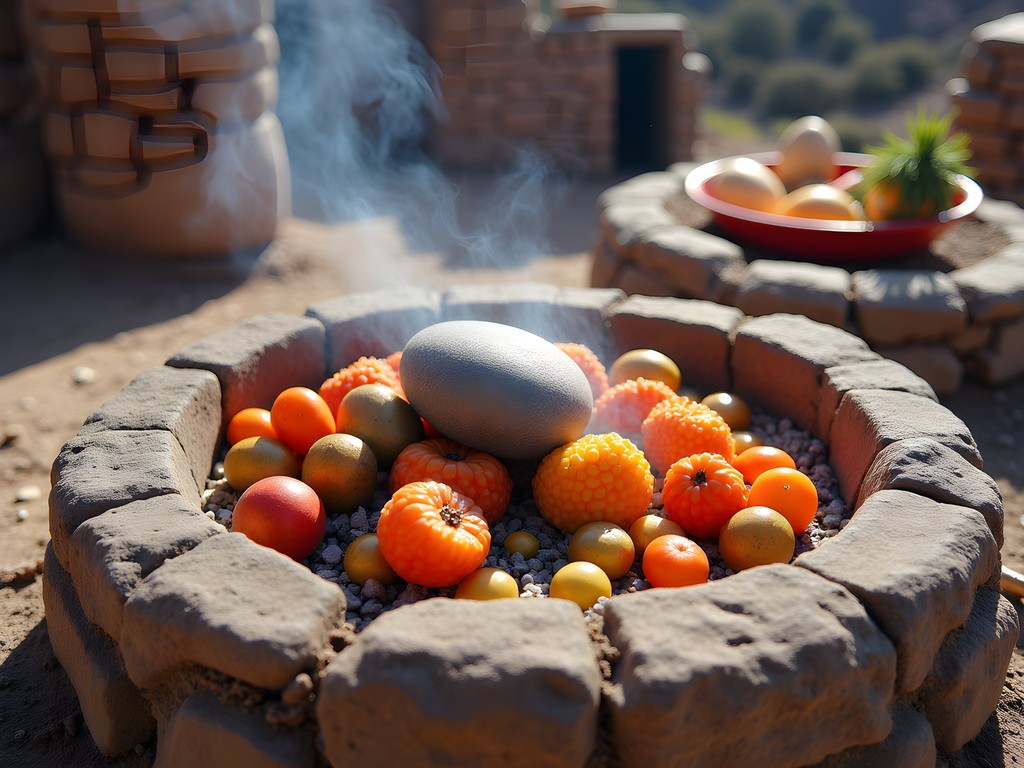
💡 Pro Tips
- Connect with the local hiking collective at Café Montaña for current trail conditions and village homestay arrangements
- Pack a water filter as streams are your primary water source on this route
- Bring small gifts (tea, chocolate) for homestay families—monetary payment is expected but small gifts establish warmer connections
Capturing Huancayo's Mountain Soundscapes
As a music producer, my hiking experiences are always filtered through my ears as much as my eyes. Huancayo's mountains offer some of the most diverse acoustic environments I've encountered—from the hollow whistle of wind through ancient ruins to the crystalline purity of high-altitude streams cascading over smooth stones.
On each hike, I carried my portable audio recorder with wind protection to capture these natural symphonies. The Andean highlands have a sonic signature unlike anywhere else—the thin air creates less dampening effect, allowing sounds to travel with remarkable clarity over long distances. Dawn chorus recordings from 14,000 feet have an almost ethereal quality, with bird calls echoing across valleys in ways that seem to defy acoustic physics.
One particularly memorable recording session happened during my descent from Nevado Lasuntay. I found a natural rock amphitheater where water dripping from a melting snow patch created perfect percussive patterns against stones of varying sizes. I spent two hours recording these natural water drums, later using them as the rhythmic foundation for a composition that incorporates traditional Andean instruments.
For those interested in sound recording while hiking, Huancayo offers unique challenges. The extreme temperature variations can affect battery life dramatically—I keep spare batteries in an inner pocket close to my body heat. Wind is also a constant presence, making good windscreens essential for clean recordings. I typically record at dawn or dusk when winds are calmer and wildlife activity peaks.
The most profound sonic experience came during a thunderstorm near Torre Torre. The clay formations created extraordinary acoustic effects as thunder rolled through the valley—each boom transformed into complex reverberations that seemed to spiral through the towers. I sheltered under an overhang, recording for nearly an hour as the storm passed overhead, capturing what would become the centerpiece of my Andean soundscape collection.

💡 Pro Tips
- Record during the golden hours (dawn/dusk) when wind is typically calmer and wildlife more active
- Bring twice as many batteries as you think you'll need—cold temperatures drain them quickly
- Use stereo recording techniques to capture the spatial dimension of mountain soundscapes
Final Thoughts
As my bus wound down from Huancayo's highlands toward Lima, the rhythmic sway matched the Andean melodies still playing in my head. These unexplored trails offered exactly what I seek in mountain experiences—physical challenge interwoven with cultural depth and unique sonic landscapes. Huancayo isn't for everyone; it demands respect for altitude, appreciation for cultural nuance, and willingness to step beyond established tourist infrastructure. But for those ready to venture beyond Cusco and the Sacred Valley, these trails reveal a Peru where ancient traditions breathe freely and mountains still keep their secrets. I left with memory cards full of soundscapes, lungs strengthened by thin air, and the quiet satisfaction of having experienced mountains that speak in voices few travelers have heard. When will you listen to what Huancayo's mountains have to say?
✨ Key Takeaways
- Huancayo offers advanced hikers uncrowded alternatives to Peru's more famous trekking regions
- Proper altitude acclimatization is essential—spend at least 48 hours in the city before attempting high trails
- Connecting with local guides provides access to culturally significant routes not found on maps or apps
- The region's unique acoustic properties make it exceptional for sound recording and musical experiences
📋 Practical Information
Best Time to Visit
May through September (dry season)
Budget Estimate
$50-75 USD daily (including accommodations, food, and local transportation)
Recommended Duration
7-10 days (including acclimatization)
Difficulty Level
Advanced


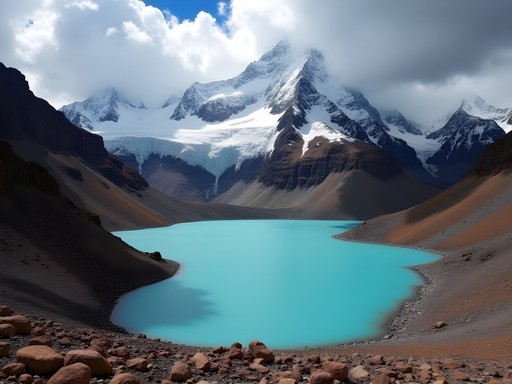
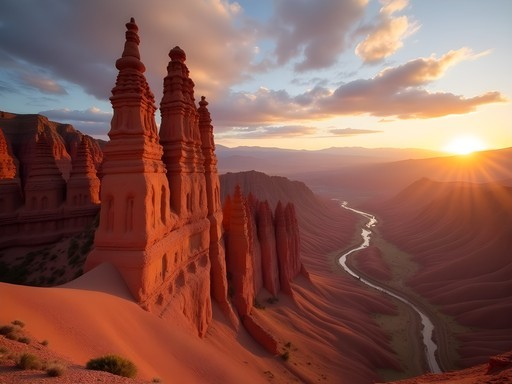

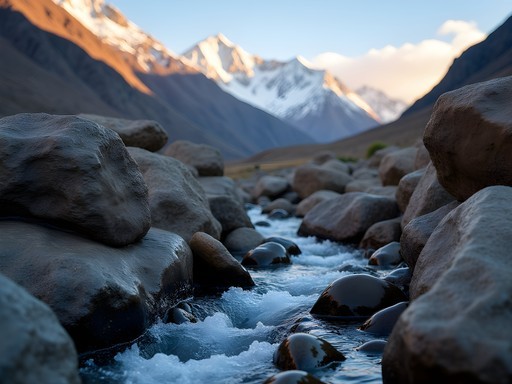


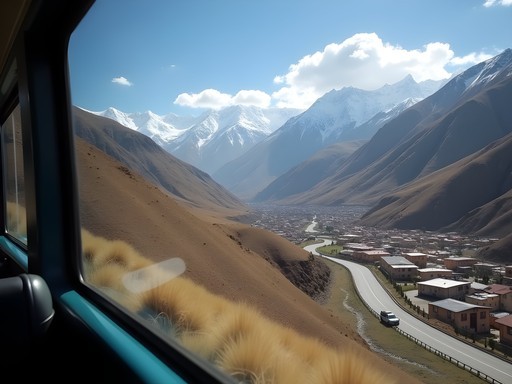



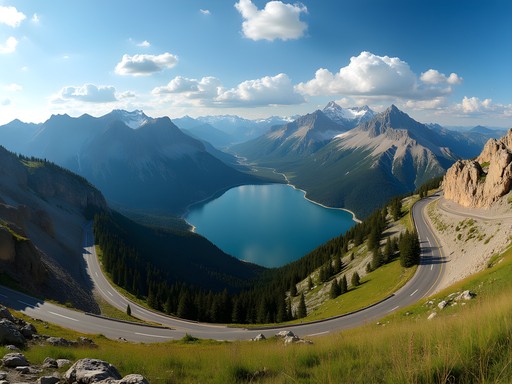
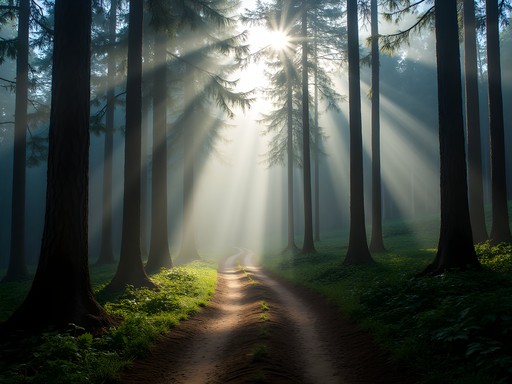
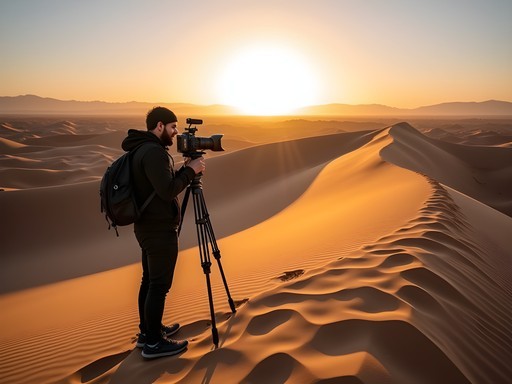
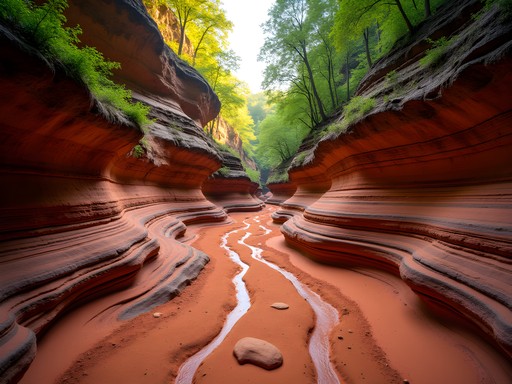
Comments
Megan Martin
Savannah, your post brought back so many memories! I visited Huancayo in 2023 for a travel conference and extended my stay to explore these trails. The sound chambers at Torre Torre are truly remarkable - I recorded some audio there that I still use in my meditation practice. One thing travelers should note is that the Parihuanca Circuit requires decent Spanish skills if you're interacting with the villagers. My rudimentary Spanish barely got me through, but the warmth of the locals made up for the communication gaps. Their traditional weaving techniques are absolutely fascinating - I spent an afternoon learning from an elderly woman who's been weaving for over 60 years. Worth every minute!
backpackbackpacker
Megan - did you try the chicha de jora in the villages? That fermented corn drink was... an experience! 😂
Megan Martin
@backpackbackpacker Oh yes! Let's just say my stomach wasn't quite as adventurous as my spirit. But refusing would have been so rude - the ritual of sharing that drink is sacred to them!
Casey Andersson
Savannah, your post brought back such vivid memories! I visited Huancayo last spring and was blown away by the Parihuanca Circuit. The vegan Andean cuisine deserves its own blog post - I still dream about that quinoa soup with local herbs I had in that tiny stone house with the grandmother who spoke only Quechua. Our guide translated her stories about the mountains while we ate. One thing I'd add for luxury travelers: there's actually a gorgeous boutique hotel in an old colonial building near the main square that makes a perfect base. They arranged private transportation to trailheads which saved us hours of planning. The contrast between rugged daytime hiking and returning to that courtyard with handwoven textiles and hot chocolate was magical. Did you find the hot springs about 40 minutes outside town? Absolute heaven after those high-altitude treks!
Savannah Wood
Casey! Always love seeing your insights. I did find those hot springs - perfect for soothing tired muscles! The food along Parihuanca was a highlight for me too. That grandmother's cooking sounds amazing. Which village was that in?
Casey Andersson
It was in the third village along the circuit - I think it was called Parihuanca Alto? The one with the small church with blue doors. Her house was just behind it. If you go back, ask for Doña Lucia!
cityrider
Did you feel safe on these trails? Planning a solo trip in January and wondering if I need a guide for all of them or if some are ok to do independently.
Savannah Wood
Hey @cityrider! Torre Torre is fine solo (it's close to town and well-marked), but I'd definitely recommend a guide for Huaytapallana and the Parihuanca Circuit. Not just for safety, but they provide so much cultural context you'd miss otherwise. I used a guide named Carlos from Huancayo Trek - super knowledgeable about Wanka traditions!
cityrider
Thanks Savannah! Will look up Huancayo Trek. Torre Torre sounds like a good warm-up hike then!
backpackbackpacker
Just got back from Huancayo last month! The Apu Huaytapallana trek was spiritual in a way I wasn't expecting. That moment when the local guide performed the offering ceremony to the mountain spirits - goosebumps! One tip I'd add: the weather changes FAST up there. I had my packable down jacket which was perfect for those sudden temperature drops. The vegan options in Parihuanca were amazing too - that quinoa soup still haunts my dreams!
luckyguy
Those photos of Torre Torre are insane! Definitely adding this to my bucket list. How hard was dealing with the altitude?
Savannah Wood
Thanks @luckyguy! The altitude is no joke - I spent 2 days in Lima first, then another 2 in Huancayo before attempting any serious hiking. Drinking coca tea helped a ton!
luckyguy
Good to know! I struggle with altitude, so I'll definitely take it slow. Coca tea for the win!
dreamfan
Those sound like some serious hikes! I'm heading to Peru next month but I'm not super experienced with high altitudes. Is the Torre Torre one doable for beginners? The sound chambers sound fascinating!
Savannah Wood
Torre Torre is definitely the most accessible option! It's a gentler climb and only takes about 2-3 hours round trip. Just take it slow and bring plenty of water. The acoustics there are incredible - bring a small instrument if you play!
coffeeguide
Torre Torre is perfect for beginners. I'd recommend using trekking poles if you have any knee issues. The descent can be a bit slippery.
dreamfan
Thanks both! This is super helpful. I'll definitely start with Torre Torre then. So excited!
coffeeguide
I hiked the Apu Huaytapallana trail last year and it was incredible! The sacred sites were powerful even for a non-spiritual person like me. One tip I'd add - the altitude hit me harder than expected. Definitely spend 2-3 days in Huancayo before attempting any serious treks. The coca tea locals offered helped tremendously. Did you get to experience any of the traditional ceremonies at the sites?
Savannah Wood
Thanks for sharing! Yes, I was lucky enough to witness a small offering ceremony to Pachamama. The guide explained that they're more authentic further from tourist areas. Coca tea was my lifesaver too!
coffeeguide
That's amazing! I missed the ceremonies but the energy of those places was undeniable. Planning to go back next year and spend more time.
moonbackpacker
Just got back from Huancayo last week! That Parihuanca Circuit was everything you described and more. We stayed with a local family who showed us how to make pachamanca in the traditional earth oven. Absolutely life-changing experience. The trails were much less crowded than Cusco region, which was exactly what we were looking for. One tip: the collectivos to Torre Torre run pretty infrequently in the afternoon, so go early or be prepared to wait!
vacationninja2558
Is November a good time to visit? Or should I wait until dry season?
mountainhero
May through September is definitely better. November can be pretty wet, and some of those trails get really slippery!
Ahmed Palmer
Excellent write-up on a region that deserves more attention! I trekked the Huaytapallana route in 2023, and the connection to Wanka sacred sites was profound. One thing I'd add for those planning this journey: the local guides from the Wanka communities offer insights no guidebook can provide. I spent an extra day with a family in one of the villages along the Parihuanca Circuit, and their knowledge of medicinal plants was extraordinary. Also, the vegan quinoa stew you mentioned is called 'lawas' locally - absolutely worth seeking out. I'd recommend carrying a good topographical map as cell service is virtually non-existent beyond the main trails. My Garmin eTrex 22x GPS was invaluable when cloud cover made some trail markers difficult to spot.
moonbackpacker
Thanks for the tip about the local guides! Did you arrange that beforehand or just find someone when you arrived?
Ahmed Palmer
I arranged through a small agency in Huancayo called Andean Roots. The owner, Miguel, is well-connected with the local communities. Much better than the larger tour companies in my experience!
Venture X
Premium card with 2X miles, $300 travel credit, Priority Pass